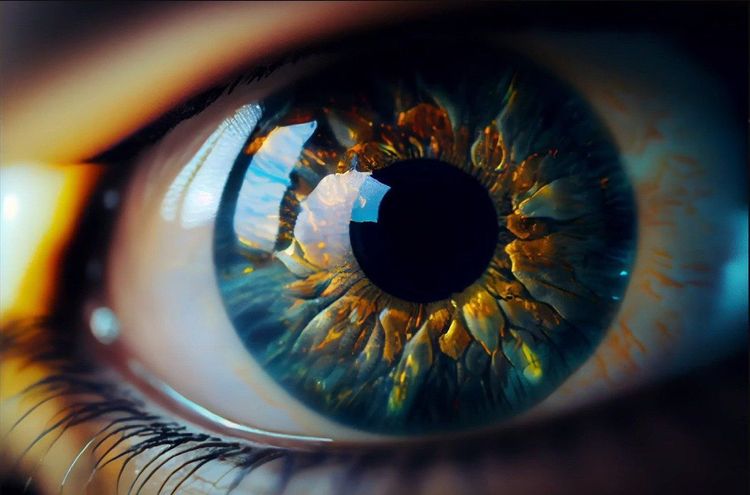The world is currently immersed in the excitement of the four-yearly Olympics, showcasing thrilling events every day. This year's Olympics, the first since the advent of ChatGPT, features a significant integration of AI technology across various fields.
On July 30, the International Olympic Committee shared rare footage from the 1924 Paris Olympics. With the help of AI restoration technology, these black-and-white images have been transformed into vivid, clear visuals. This allows us to experience a "time travel" moment, reliving the spectacular opening ceremony, feeling the intensity of the competitions, and even learning quirky anecdotes, such as marathon runners drinking wine as refreshments.
AI's presence is felt throughout the sporting arenas, enhancing the viewer experience significantly. A groundbreaking AI-enhanced broadcasting system introduces a "bullet time" effect, once found only in science fiction, to capture sporting events. This technology uses multiple cameras from various angles to create a seamless video that highlights key moments, allowing viewers to break down athletes' pivotal actions and immerse themselves in the action.
Since the first modern Olympic Games held in Athens in 1896, this global sporting event has witnessed over a century of technological evolution. Important inventions that have transformed human life have gradually found their way to the Olympic stage. The Olympics not only showcase significant technological advancements but also highlight how technological progress fuels their development.
Today, audiences worldwide have come to expect live broadcasts of events, allowing them to feel the competitive tension and vibrant atmosphere, even from afar. The visual revolution started during the 1936 Berlin Olympics, where viewers only saw hazy images on their screens. The high-definition, seamless experience we enjoy today, complete with instant replays of championship moments, was unimaginable then.
In the 2012 London Olympics, robot cameras frequently captured breathtaking moments, providing remote control and 360-degree views. Some national cyclists even utilized emerging virtual reality technology for indoor training, simulating outdoor race conditions. This Olympics was dubbed the "Digital Olympics" due to its extensive incorporation of cutting-edge technology.
While the extensive use of AI in this year’s Paris Olympics may seem novel, a historical perspective reveals that embracing innovative technology has always been a standard practice for the games. The integration of technology and sports is a longstanding tradition that continues to define the Olympics. AI, being at the forefront of modern technology, will undoubtedly play a crucial role in this year's event. As IOC President Thomas Bach noted in April, "The rapid development of artificial intelligence brings the Olympic movement to a crossroads, where we must either actively embrace change or be forced to adapt."
The introduction of advanced technology at the Olympics emphasizes the synergy between sports and innovation. It also showcases the competitive spirit among tech companies worldwide, highlighting that science knows no borders. Notably, this year's Paris Olympics heavily features AI technology from China, with the restoration of the 1924 Paris footage made possible by Alibaba's AI capabilities. Additionally, French AI startup Mistral AI and Intel have collaborated to create a model called AthleteGPT, offering athletes comprehensive assistance on venue navigation, scheduling, and accommodation, thereby enhancing their competition experience.
As the Olympics provide a fair platform for athletes from all nations, the adoption of advanced AI technologies reflects the event's principles of equality, openness, and inclusivity.
The intersection of the Olympics and AI ignites another wave of technological brilliance, paving the way for new possibilities that align with the Olympic motto of "Faster, Higher, Stronger." We look forward to seeing how these advancements can lead to remarkable breakthroughs in human physical and intellectual achievements.







